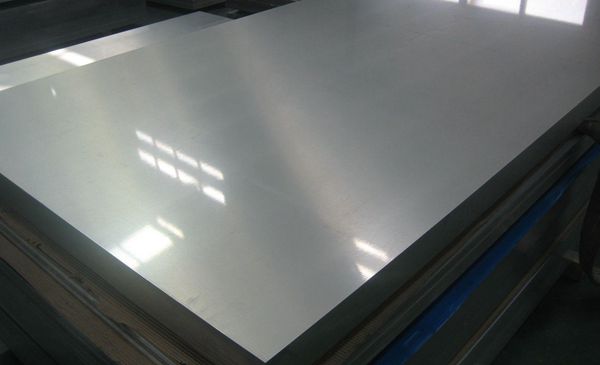Introduction:
Aluminum alloys are widely used in various industries due to their exceptional strength, lightweight nature, and corrosion resistance. Two popular aluminum alloys, 5086 and 6061, offer unique characteristics that make them suitable for different applications. In this article, we will conduct a comparative analysis of aluminum 5086 and 6061, exploring their properties, uses, and advantages in different industries.

Composition and Properties:
- Aluminum 5086 belongs to the 5xxx series and is primarily composed of aluminum, magnesium, and manganese. It offers excellent corrosion resistance, especially in marine environments, making it a preferred choice for applications in the shipbuilding and marine industry. Additionally, 5086 exhibits good weldability and high strength, making it suitable for structural components subjected to high loads and stress.
- Aluminum 6061 is part of the 6xxx series and consists of aluminum, magnesium, and silicon. It is known for its exceptional strength-to-weight ratio, making it widely used in aerospace, automotive, and general engineering applications. 6061 offers good machinability and formability, allowing for various fabrication processes such as bending, welding, and machining.
Applications:
- Aluminum 5086 finds extensive use in the marine industry, where its superior corrosion resistance is critical. It is utilized for the construction of boat hulls, decks, and other structural components exposed to harsh saltwater environments. Additionally, 5086 is employed in offshore platforms, tanks, and pressure vessels that require excellent resistance to corrosion and high-strength properties.
- Aluminum 6061 is widely utilized in aerospace applications, including aircraft structures, wings, and fuselages. Its high strength and lightweight properties contribute to fuel efficiency and overall performance. In the automotive industry, 6061 is used for various components, such as engine parts, suspension systems, and chassis components, where strength and weight reduction are essential. It is also employed in general engineering applications like machine parts, frames, and structures.
Advantages:
- The advantages of aluminum 5086 lie in its exceptional corrosion resistance, making it highly suitable for marine applications. Its ability to withstand harsh environments and resist corrosion helps prolong the lifespan of structures exposed to saltwater. Additionally, 5086 offers good weldability, allowing for efficient fabrication and assembly processes.
- Aluminum 6061 offers excellent strength-to-weight ratio, providing structural integrity while keeping weight to a minimum. Its machinability and formability make it a versatile alloy for various fabrication processes. Furthermore, 6061 exhibits good corrosion resistance in non-marine environments, expanding its applicability across different industries.
In summary, aluminum 5086 and 6061 are two widely used aluminum alloys that offer distinct properties and advantages. Aluminum 5086 excels in marine applications due to its superior corrosion resistance, while aluminum 6061 is favored in aerospace, automotive, and general engineering industries for its excellent strength-to-weight ratio and versatile fabrication capabilities. Understanding the specific properties and applications of these alloys helps industries make informed decisions when selecting the most suitable aluminum alloy for their particular requirements.
